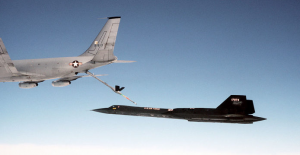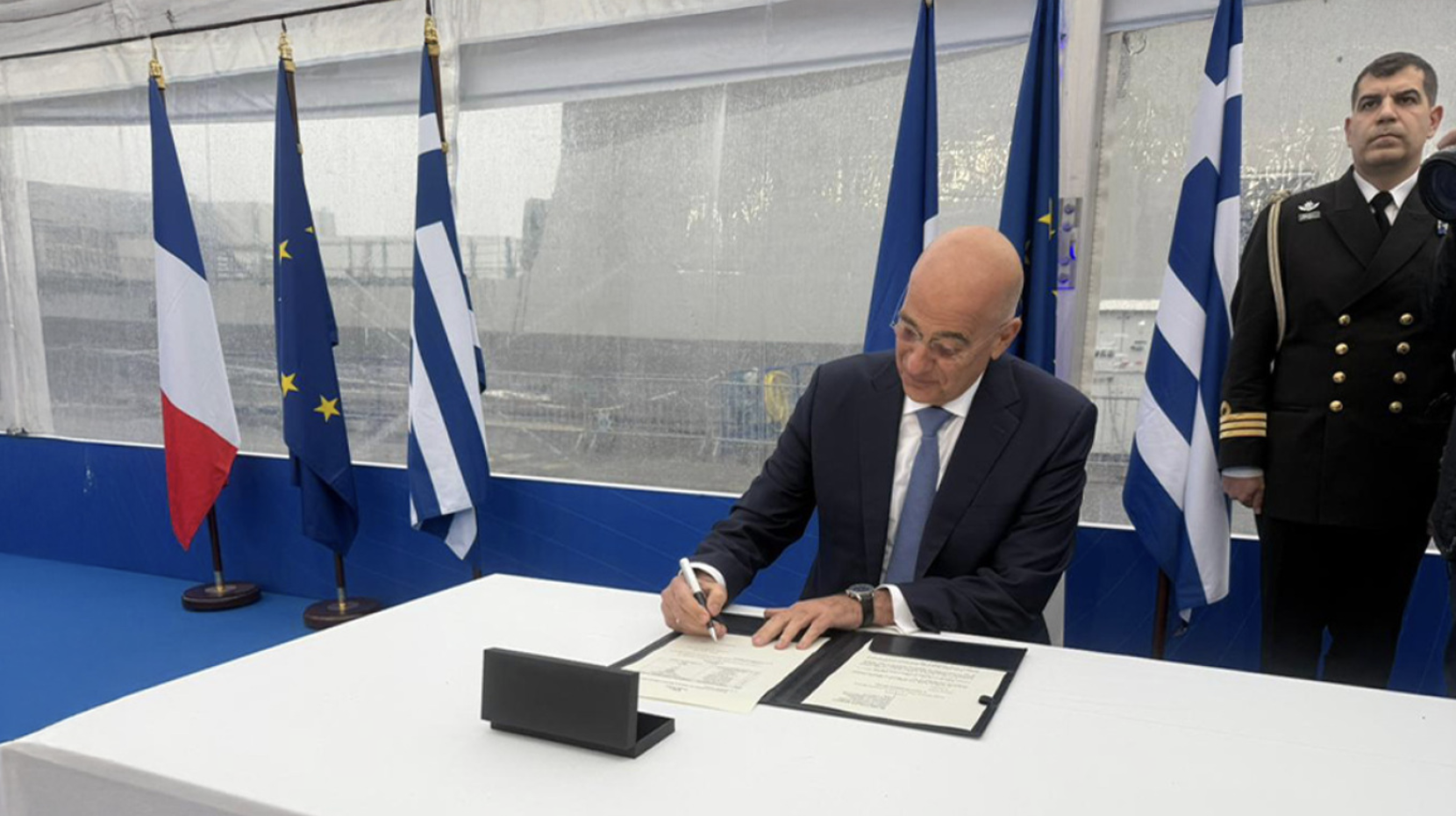The SR-71 would be a very short-ranged aircraft were it not for air refuelling, limited to around 2,000 NM. Multiple air refuellings extended the range of the aircraft to the limits of crew endurance. Many missions have exceeded 12,000 NM. Forward basing of the SR-71 and KC-135Q tankers permitted faster response, shorter range, shorter duration missions, fewer air refuelling, and greater overall efficiency.
KC-135Q crews and their aircraft were unique from the rest of the Air Force in several ways. Their aircrews in fact were the only one certified in Blackbird’s specific radio-silent rendezvous procedures, and their boom operators were the only ones qualified to refuel the SR-71. The Q-model tankers had special plumbing between their fuel tanks, allowing them to transfer JP-4 and JP-7 fuel between various tanks. Their engine could burn transfer JP-4 or JP-7 fuel. If the SR-71 landed somewhere JP-7 fuel was not available, the Q-model tankers flew in with the fuel and, through the use of transfer hoses on the ground, were able to refuel the SR-71. One of the best advantages of flying the Q-model tankers is that their crews did not have to be on twenty-four-hour alert status like the rest of the SAC’s tankers’ crew members.
No story on the SR-71 would be complete without an understanding and appreciation of just how valuable the KC-135Q model tankers and their crews were to the successful and safe completion of every mission.
On Jun. 17, 1970, Maj Buddy Brown and Maj Mort Jarvis were to fly a special mission to check out a new jammer and verify some changes that had been made to another high-powered jammer. The test was to be conducted over the Gulf of Mexico in the Eglin Test Range, which was instrumented for tracking high-altitude targets. The flight took them around the western US toward a second air refuelling near El Paso, Texas before the planned high and hot run across the Eglin Test Range. The flight, which began at 0730 hours at Beale, went well until a split-offload air refuelling from two tankers. Buddy described what happened next in Paul F Crickmore’s book Lockheed Blackbird: Beyond the Secret Missions (Revised Edition).
Read more HERE
Ask me anything
Explore related questions





